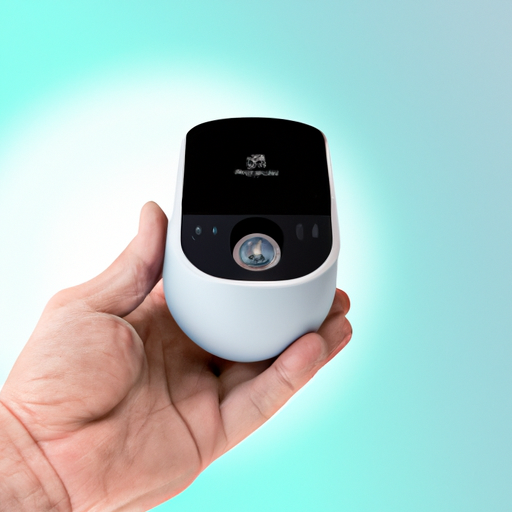 Setting up smart home security systems can be a breeze, especially with a user-friendly DIY option. Most manufacturers provide clear installation instructions and guidelines, so be sure to give them a read before getting started as each system may differ.
Setting up smart home security systems can be a breeze, especially with a user-friendly DIY option. Most manufacturers provide clear installation instructions and guidelines, so be sure to give them a read before getting started as each system may differ.
If you’re keen on installing your own smart security system, here are the basic steps to follow:
Plan out where you want each component, like cameras, motion detectors, sensors, and the central hub, to go. Think about which areas of your home need close monitoring and the range of your chosen sensors and cameras.
Next, set up the central hub, which acts as the heart of your system and connects all your security devices. Place it in a central location and follow the manufacturer’s instructions to connect it to your wifi network.
Install the cameras in strategic positions that cover entry points and high-traffic areas within wifi range of the central hub. Most cameras can be mounted with adhesive strips or screws and should be connected to the hub as per the manufacturer’s instructions.
Attach door and window sensors to detect when they are opened and alert the home alarm system. Make sure they align properly when closed.
Place motion detectors in areas where you want to detect movement, like large rooms and hallways. Follow the manufacturer’s instructions for the best mounting height and angle.
If your system includes smart locks, replace your existing locks with them following the manufacturer’s instructions. Ensure your door is compatible with the smart lock before purchasing.
Once everything is installed, use the mobile app to configure your security device settings, such as motion sensitivity and camera recording preferences.
Test your home security system by triggering each sensor yourself and checking camera feeds to confirm everything is connected properly.
If your system offers monitoring services or smart home automation features, manage them through your mobile app. And there you have it – a secure and smart home!